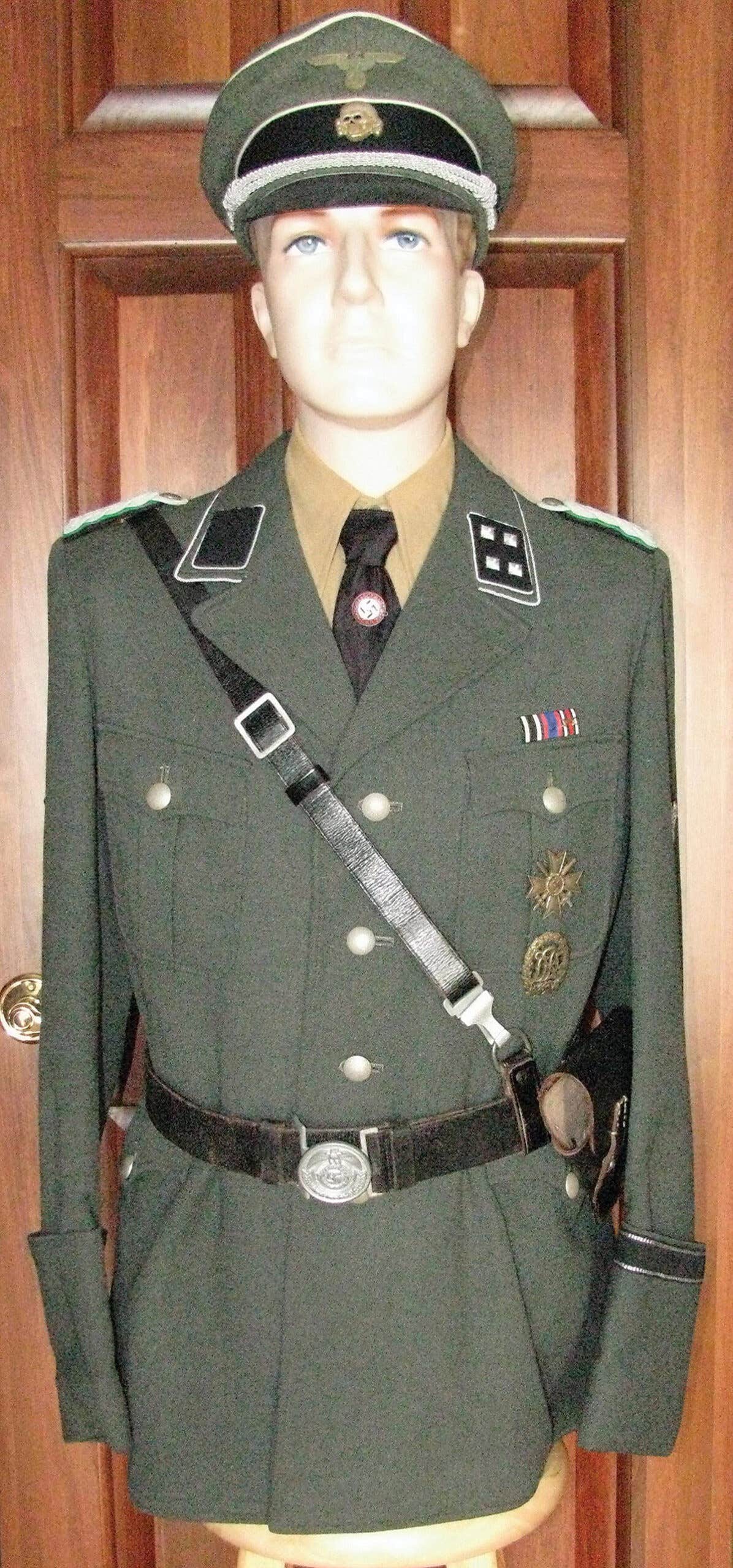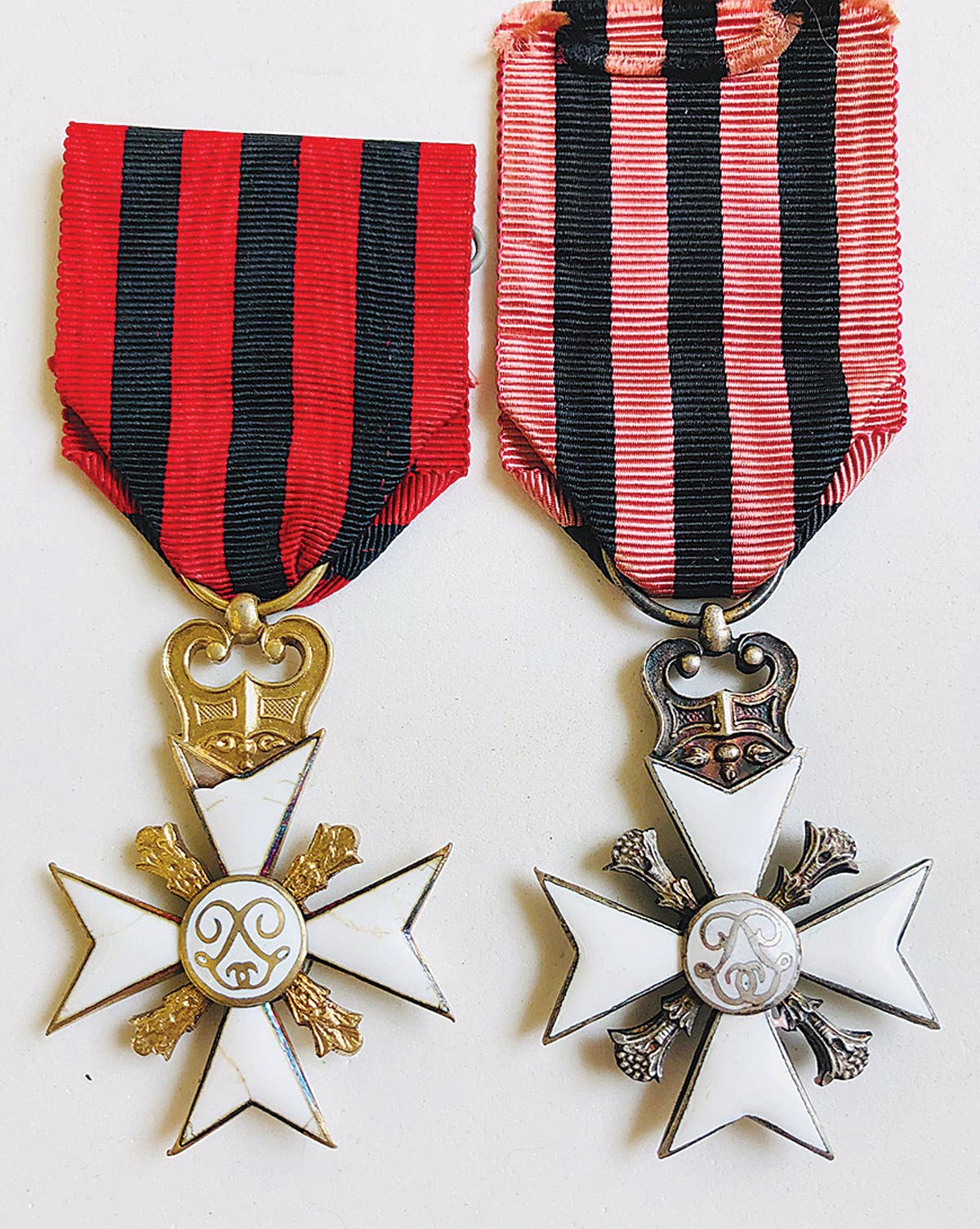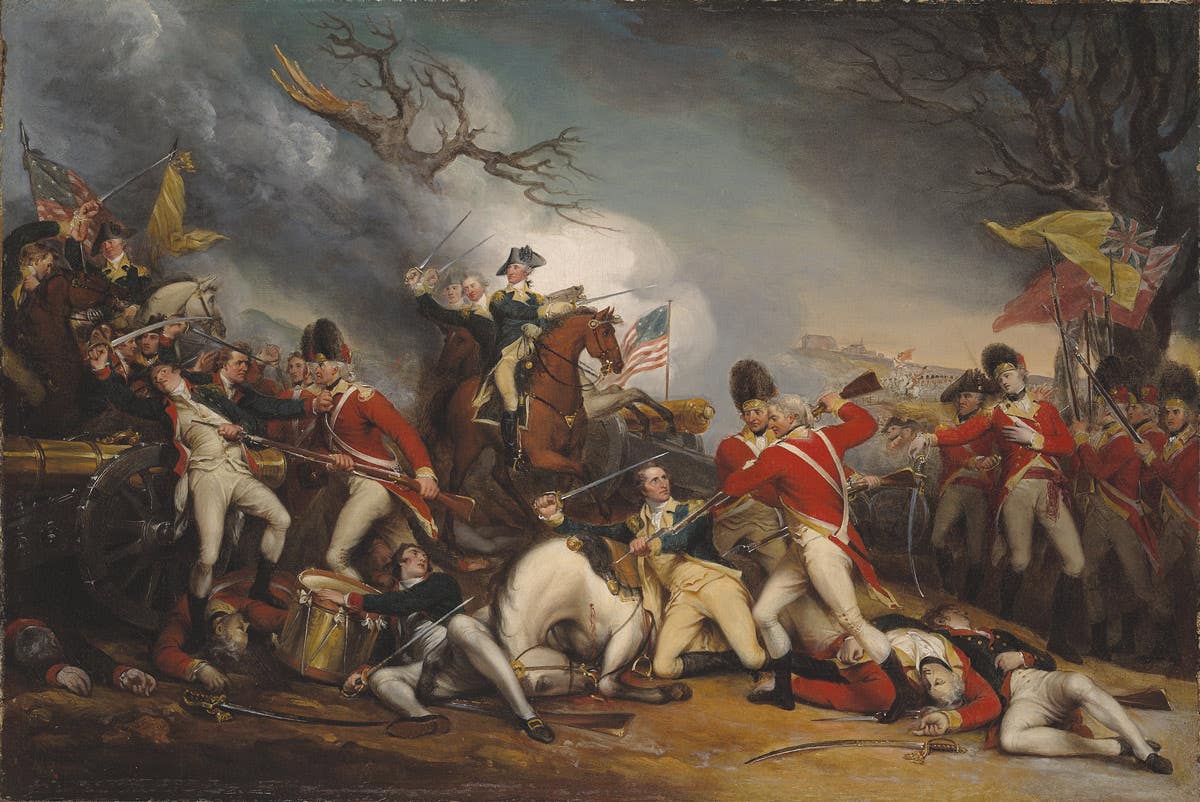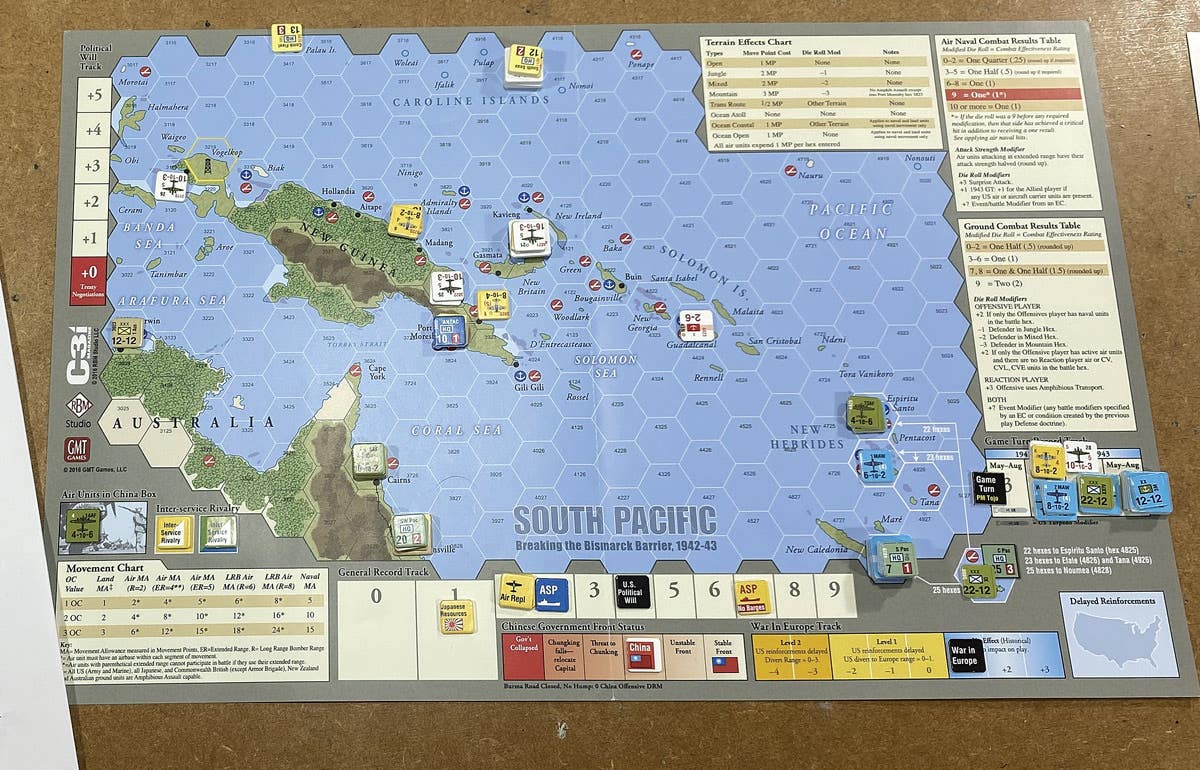August 20, 2009
Historians have identified remains of a British soldier who was killed during the first major battle of the Anglo-Zulu War 130 years ago.
According to mailonline.com, Color-Sergeant M.C. Keane was identified from the tunic button found on his skeleton. His remains were found buried near the mass graves of over 1,300 British soldiers who were also killed at Isandlwana, in what is now South Africa.
The mailonline article goes on to note: "... the metal badge was discovered with Colour-Sergeant Keane's skeleton in April during excavations by Amafa, the heritage organization responsible for protecting the historic battle field 100 miles north of Durban."
A photograph of the badge was emailed to a British military medal expert who identified the markings and the soldier it belonged to.
A spokesman for Amafa, historian Arthur Konigkramer, told mailonline that, "Keane was not a front-line soldier and was likely one of the last to abandon camp at Isandlwana when it was obvious the Zulu were overwhelming it.
"He was staff clerk to Colonel John Crealock, military secretary to Lord Chelmsford, commander of the British invasion of Zululand.
"He was probably on horseback which would explain his body being found some way down the Fugitives Trail along which survivors fled towards the uMzinyathi river and the safety of Natal.
"He was probably speared by a warrior in the part of the Zulu army which had snaked behind Isandlwana mountain to trap the fugitives. His body was found alone which is unusual.'
"He added: 'If the button had come from the uniform of a soldier of the 24th Regiment, he could never have been identified as hundreds of them died at Isandlwana and are among the 1,300 men buried there.'"
According to historian Arthur Konigkramer, the metal badge belonged to General Staff Corps and Keane was the only soldier from that regiment who fought at Isandlwana.
"If the button had come from the uniform of a soldier of the 24th Regiment, he could never have been identified as hundreds of them died at Isandlwana and are among the 1,300 men buried there," he added.
"He was probably speared by a warrior in the part of the Zulu army which had snaked behind Isandlwana mountain to trap the fugitives. His body was found alone which is unusual," said Konigkramer.
"The bodies of the British casualties at Isandlwana were buried in mass graves and are currently marked by white cairns.
"The British army suffered a crushing defeat during the first Zulu war, which aimed at winning control of Zulu land near Britain's Cape Colony.
"The British army won the conflict four months later, when the Zulu kingdom lost its independence."







